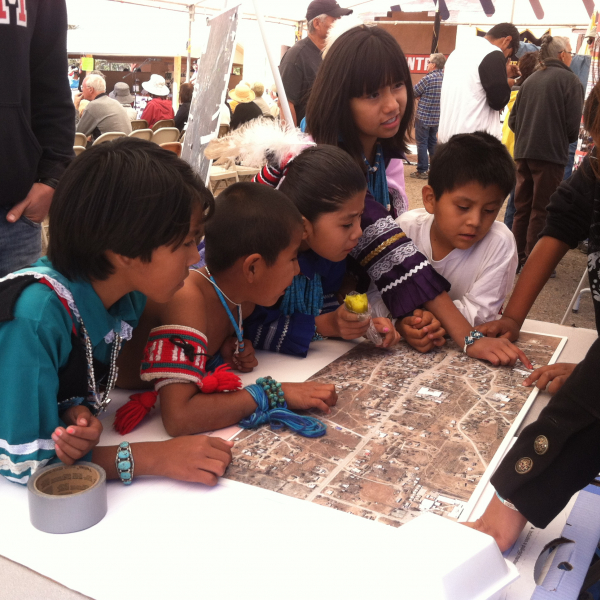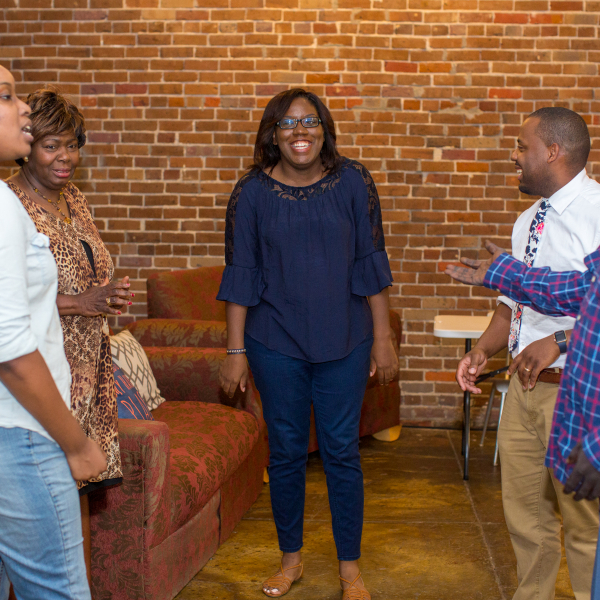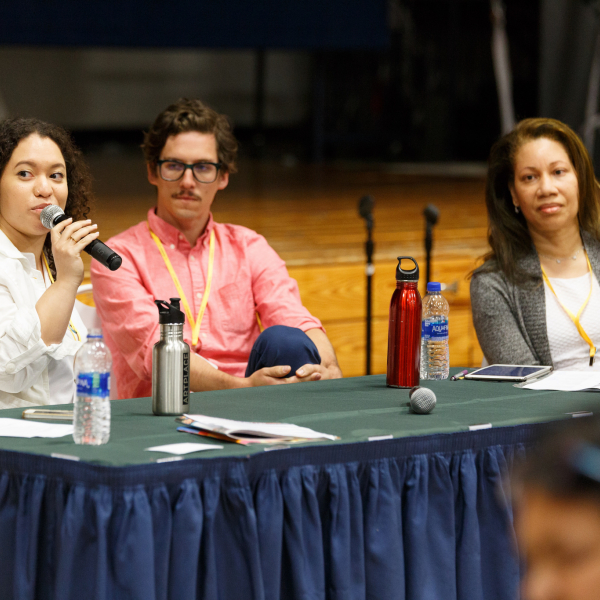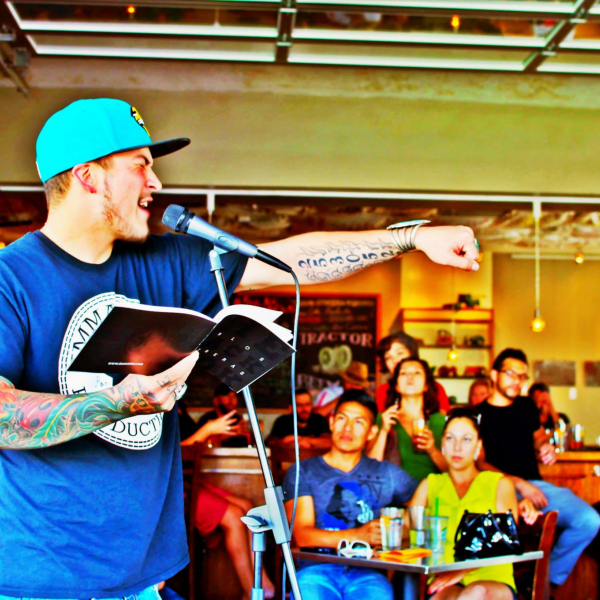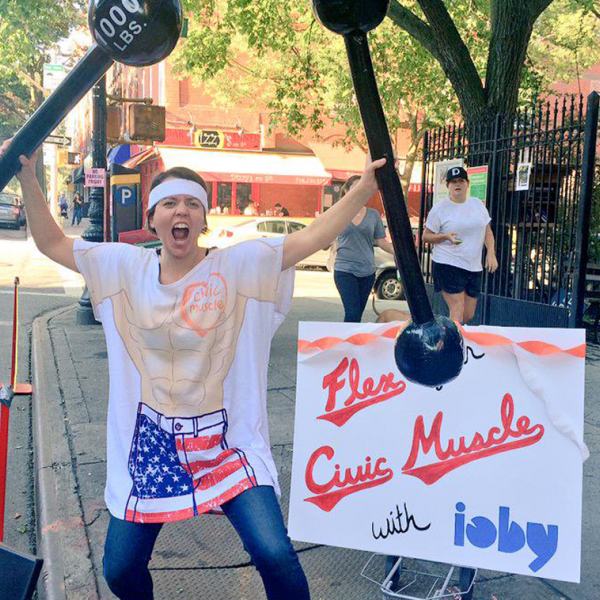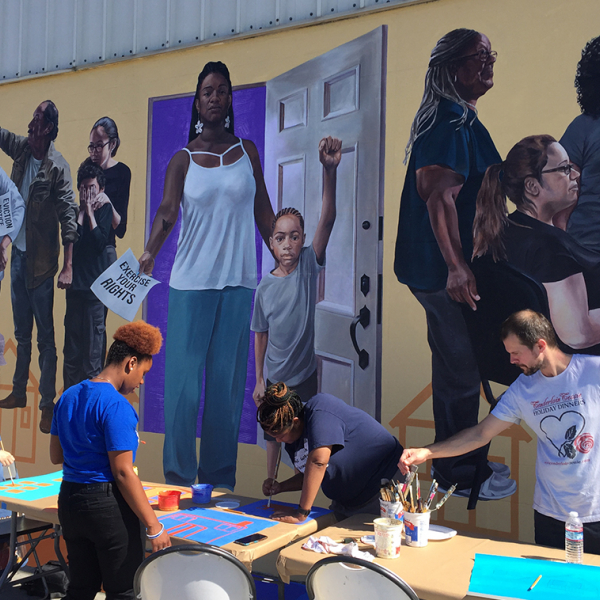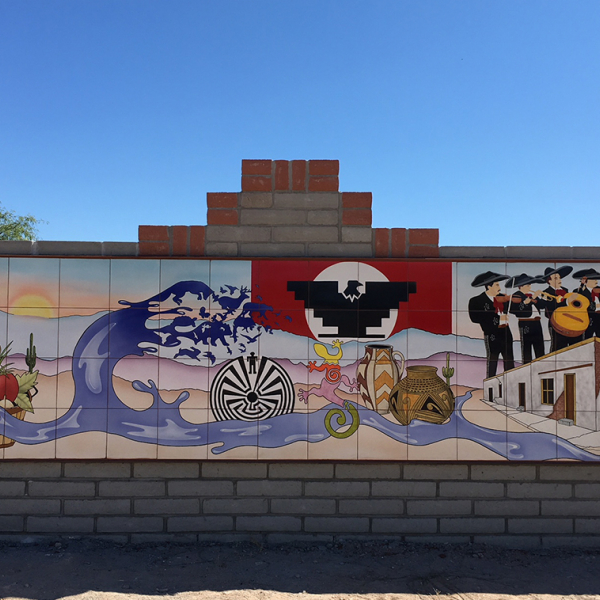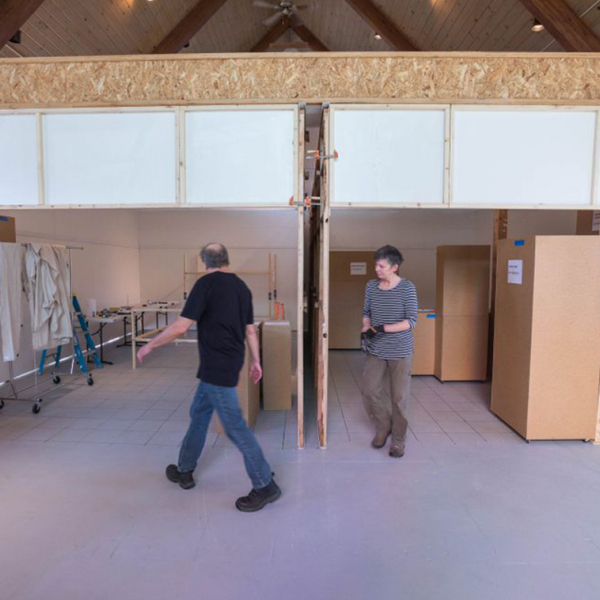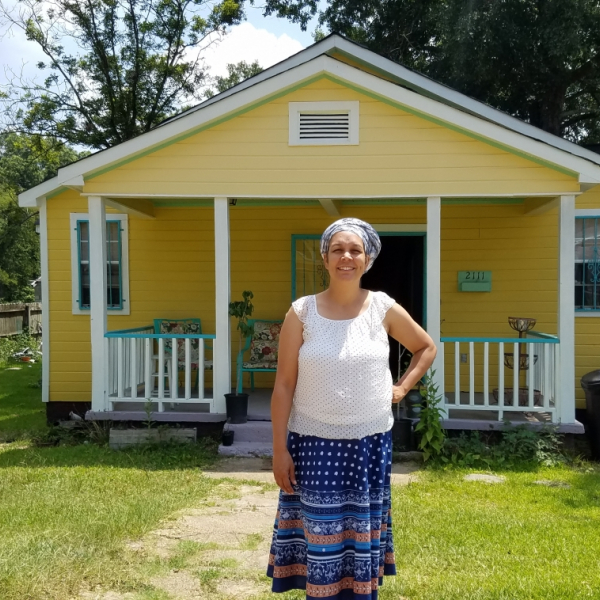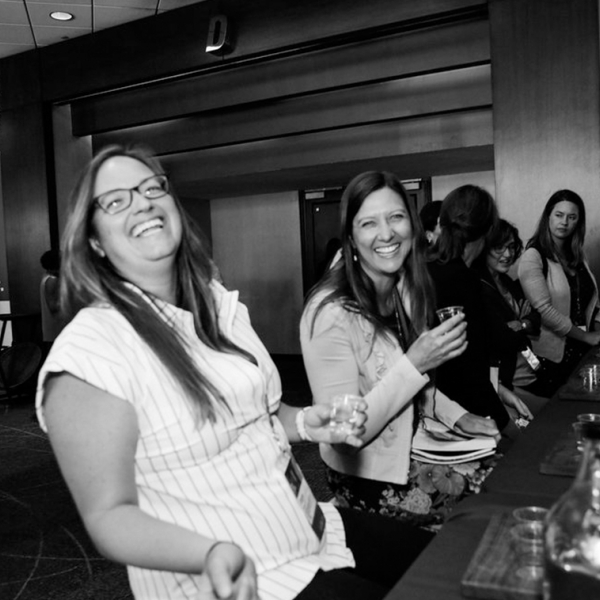We asked a few of our favorite organizations who work with Native American and Indigenous communities to share the creative placemaking opportunities, funding sources, and events they’re most excited about right now. First Peoples Fund (FPF) honors and supports the Collective Spirit® of First Peoples artists and culture bearers. Recognizing the power of art and culture to bring about positive change in Native communities, FPF awards grants, helps nonprofits build their capacity to serve Native artists, and undertakes research to build the field of Native arts and culture across the country.
18.09.18
Being a great artist and making a living as an artist aren’t always the same thing. Creatives often struggle with the “real world” side of their practice, but help is available. The St. Paul, Minnesota-based Springboard for the Arts offers a wealth of downloadable resources, called toolkits, for free through their national Creative Exchange platform. The toolkits include a range of self-guided learning materials for individual artists (as well as organizations) working on projects large and small. Carl Atiya Swanson is Associate Director of Springboard and manages Creative Exchange. He spoke with ArtPlace about his organization’s Toolkits for Change.
14.09.18
The session “On the Field: Finding Funding and Support” took place on May 3, 2018 at the Creative Placemaking Leadership Summit in Madison, New Jersey. Before the experts discussed the issues and took questions from the audience, they invited participants to pick up a crayon and draw their personal experience of finding funding for a creative placemaking project. No two sketches were alike, of course, but one elicited empathetic sounds from the crowd. It depicted a stick figure in a bed, money-related thought bubbles issuing from its head. According to its maker, it was “the universal representation of everybody who’s in this business: lying in bed—awake or dreaming—imagining how to raise the money to do this.”
10.09.18
The words “artist” and “bureaucrat” can seem as opposite as the north and south poles. But poets, actors, musicians, dancers, and art-makers of all other stripes have been infiltrating our government’s ranks for years—and many are making great strides. In this story series, we’re visiting with accomplished artists who hold leadership roles in their cities about their dual callings, how their creative lives relate to their public service, and what the arts can bring to good government.
04.09.18
Who better to support your creative placemaking project than the community it will impact most? In the session “Crowdfunding In Your Own Backyard,” ioby Leader Success Strategist Jennifer Allen framed crowdfunding as fundamentally more than a passing craze. In fact, she explained how the contemporary version of the classic “passing the plate” model helps grassroots initiatives (as well as established nonprofits) engage stakeholders, build capacity, and demonstrate public support—all while raising necessary capital.
29.08.18
“What makes the difference between arts and culture strategies that encourage belonging and those that encourage separation?” asked organizer and activist Sasha Graham of the Alliance of Californians for Community Empowerment (ACCE). Her introductory question was one of the core topics explored during the session Anti-Displacement Strategies, which was co-facilitated by Graham and Eli Moore, program manager of the Haas Institute for a Fair and Inclusive Society at the University of California, Berkeley.
27.08.18
ArtPlace is partnering with NeighborWorks America throughout 2018 for a series of peer learning visits that will culminate in the creation of a new course for the NeighborWorks Training Institute in December. Read more about our housing research and partnership here. Our first learning visit of five focused on the topic of culturally relevant affordable housing. It was held in San Ysidro, CA at Casa Familiar. This interview was conducted by ArtPlace consultant Danya Sherman in conversation with David Flores (DF) at Casa Familiar, and Nejlah Hummer (NH) the Primavera Foundation in the City of South Tucson, AZ, one of the visiting organizations. The interview has been edited for clarity and reviewed by all participants.
24.08.18
On a weekday morning earlier this summer, Anchorage artist Sheila Wyne and writer Bruce Farnsworth pushed box after box into an area with four wood walls and a gauze roof. They used power tools to screw wooden posts into a gridded floor. A full-scale studio apartment began to emerge. "This is like being in a dollhouse," Farnsworth said at one point. "A big, grown-up dollhouse." Cook Inlet Housing Authority, the nonprofit Anchorage housing developer, wants the wooden walls and boxes to be a laboratory for the more efficient apartments of Anchorage's future — and a way to crowdsource apartment designs from people who may actually live in them someday.
22.08.18
In 2014 ArtPlace was lucky enough to meet Nia Umoja, of the Cooperative Community of New West Jackson (CCNWJ). This was the first time we had funded in Mississippi, and it was exciting to be a small part of this grassroots neighborhood collective as they built a sustainability model neighborhood from the ground up the inside out. They believed from the beginning that the people who live, work and play in a neighborhood should be at the helm of any community envisioning process and directly benefit from any economic development—not just as consumers.
20.08.18
Just over a month ago, the One Water Summit came to our hometown of Minneapolis. This national conference, organized by the nonprofit US Water Alliance, brought together 900 water leaders from across sector and geography to learn and connect for a more sustainable, inclusive and integrated water future. After attending the 2017 One Water Summit in New Orleans, it was our turn to elevate some of the great work happening here in Minnesota, and we were thrilled to have many opportunities to do so through the Summit and affiliated activities.






